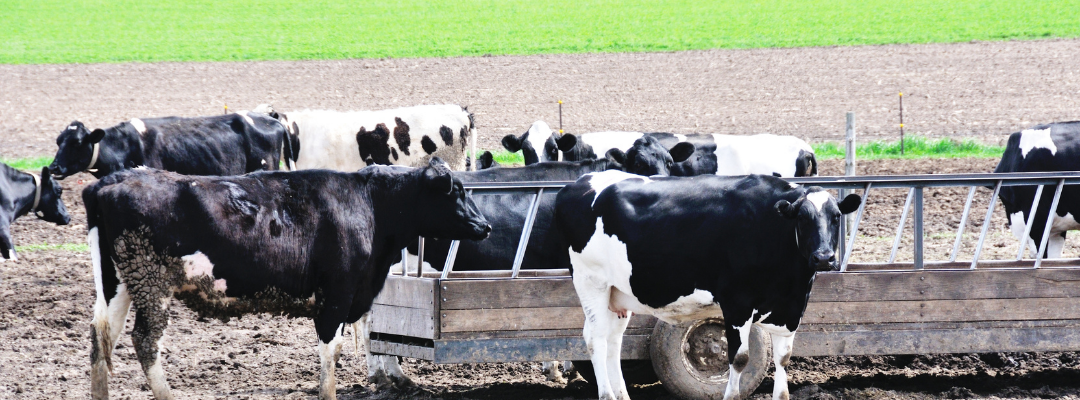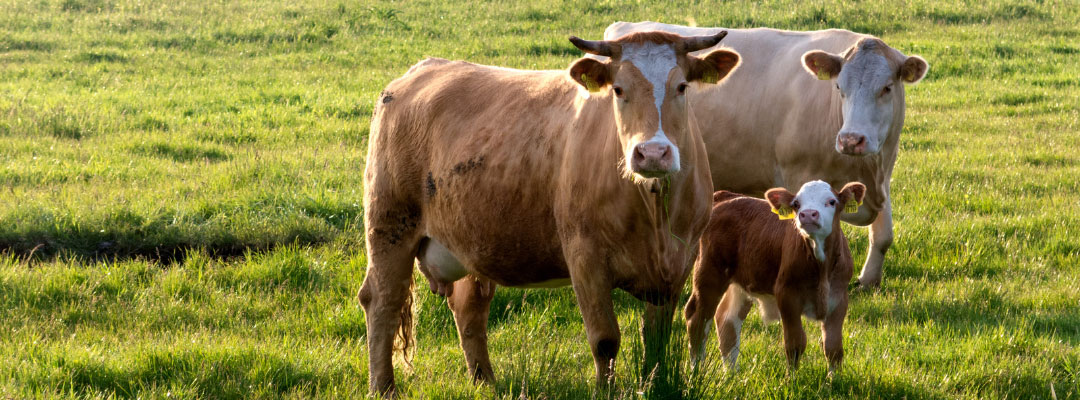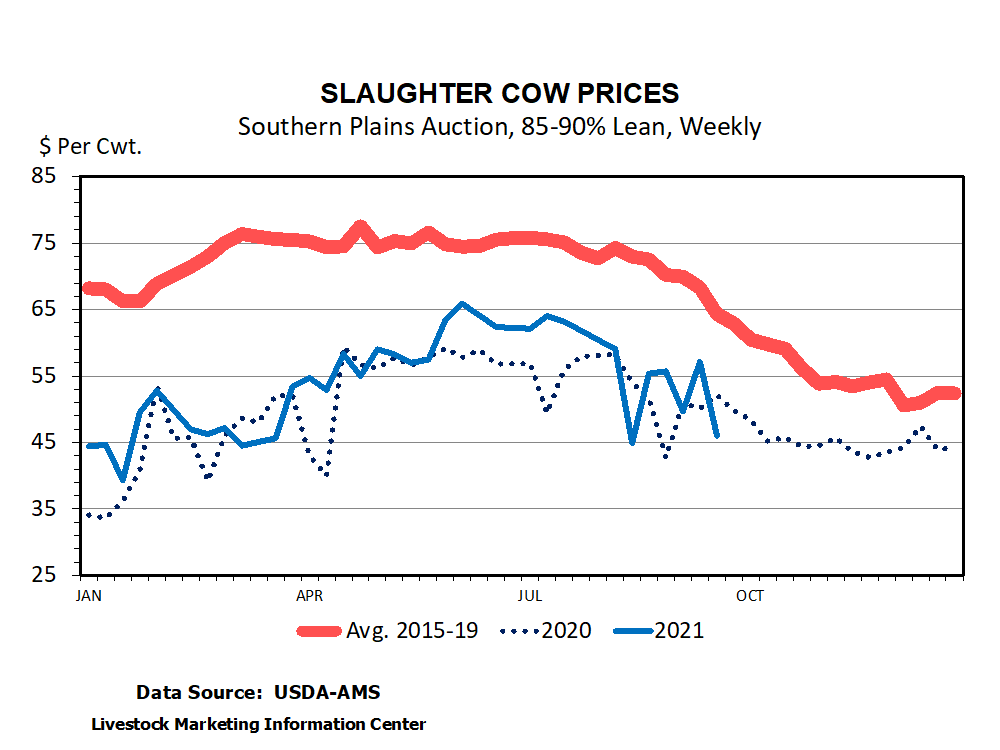The number of dairy cows in the U.S. declined to 9.4 million head in October, 14,000 head fewer than in October 2020. Milk production per cow and milk production fell below last year, as well. All three statistics are a sharp departure from the Spring when the number of cows peaked at 9.5 million head.
Four states in the South are included in monthly NASS reports on milk cows, production per cow, and milk production: Florida, Georgia, Virginia, and Texas. Fewer cows were reported in Florida (-7,000 head) and Virginia (-3,000 head) in October compared to October 2020. Georgia reported 1,000 more dairy cows. Texas, where milk production has largely moved to the panhandle, reported 22,000 more cows. Following cows, October milk production was lower in Florida and Virginia and higher in Georgia and Texas.
DMC payments were triggered last month for the tenth straight month. While all milk prices have increased in the South, prices elsewhere are below a year ago. Feed costs continue to be high, leading to continued DMC payments. Reduced milk production is likely to result in some higher milk prices in coming months increasing milk over feed cost margins but rising non-feed costs will keep the pressure on margins.

Anderson, David. “Fewer Dairy Cows in Parts of the South.” Southern Ag Today 1(50.2). December 7, 2021. Permalink








